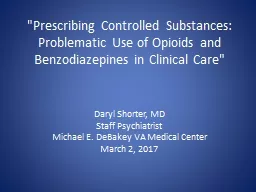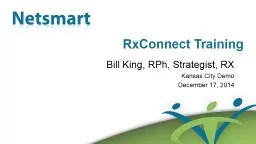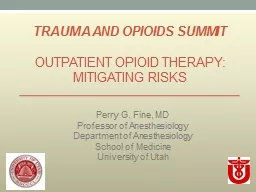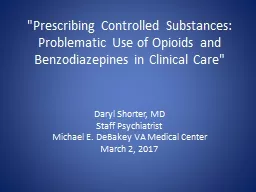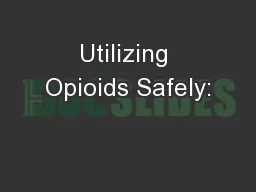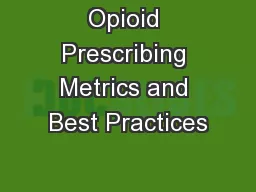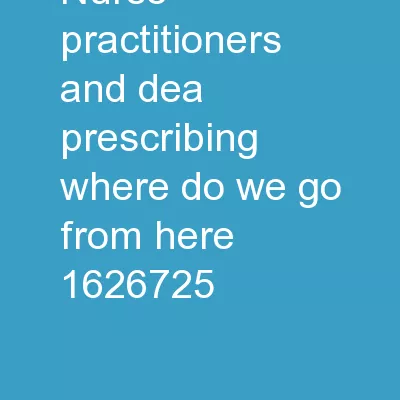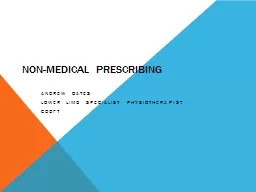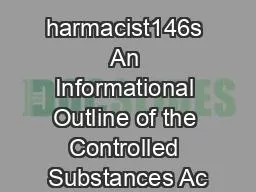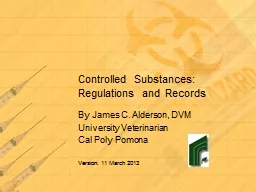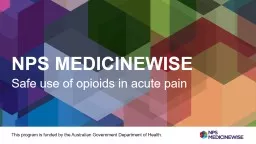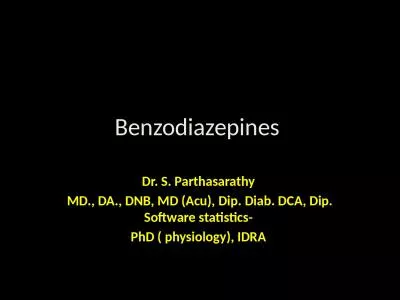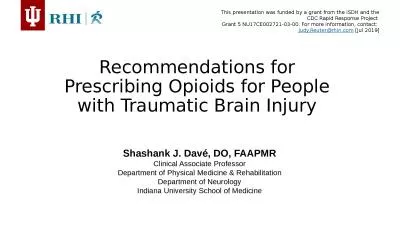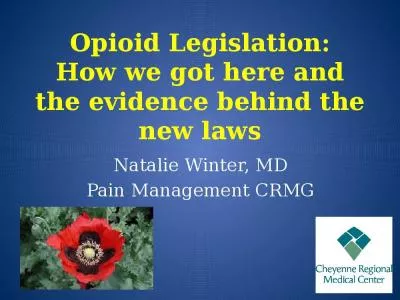PPT-"Prescribing Controlled Substances: Problematic Use of Opioids and Benzodiazepines in
Author : karlyn-bohler | Published Date : 2018-03-15
Daryl Shorter MD Staff Psychiatrist Michael E DeBakey VA Medical Center March 2 2017 Objectives By the completion of the presentation learners will be able to
Presentation Embed Code
Download Presentation
Download Presentation The PPT/PDF document ""Prescribing Controlled Substances: Prob..." is the property of its rightful owner. Permission is granted to download and print the materials on this website for personal, non-commercial use only, and to display it on your personal computer provided you do not modify the materials and that you retain all copyright notices contained in the materials. By downloading content from our website, you accept the terms of this agreement.
"Prescribing Controlled Substances: Problematic Use of Opioids and Benzodiazepines in: Transcript
Download Rules Of Document
""Prescribing Controlled Substances: Problematic Use of Opioids and Benzodiazepines in"The content belongs to its owner. You may download and print it for personal use, without modification, and keep all copyright notices. By downloading, you agree to these terms.
Related Documents

